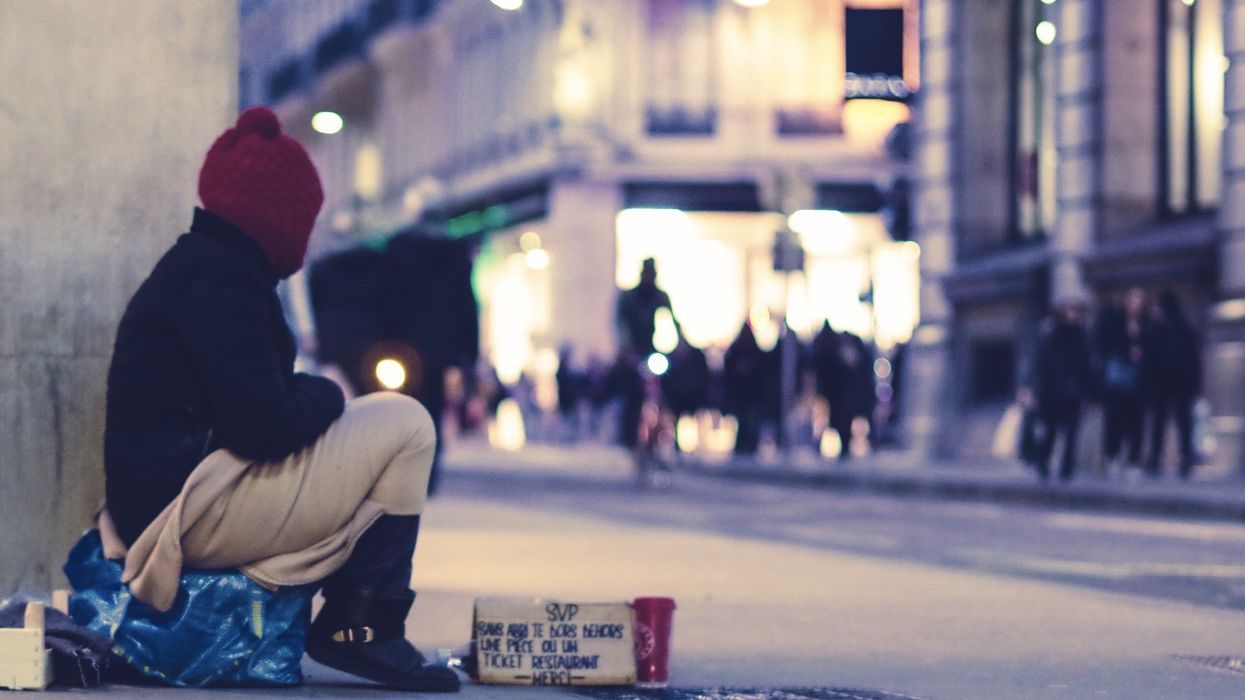In mid-January, the Chinese government officially announced the outbreak of the novel coronavirus (COVID-19) in the City of Wuhan in China's Hubei province.
Since then, more than 93,000 cases have been reported worldwide, from which some 3,300 deaths have been confirmed (mostly in mainland China). By January 31, there were enough cases outside of China for the World Health Organization (WHO) to declare it a global emergency.
READ: Latest Coronavirus Patient Took TTC and GO Transit for Several Days While Symptomatic
Although highly virulent, the mortality rate still remains relatively low at approximately 3.5% when compared to the 2003 SARS outbreak that saw roughly 10% of the total 8,000 probable cases reported worldwide result in death. As with SARS, and even the common flu for that matter, the elderly, and those with compromised immune systems are the most vulnerable to the coronavirus and are the most likely to die from secondary infections like pneumonia.
Also like SARS and various strains of the common flu, the novel coronavirus is not only contagious through direct contact, but can also be transmitted through airborne particles. So both infection and mortality rates increase dramatically in closely confined spaces such as nursing homes, schools and hospitals.
Due to measures developed during the SARS outbreak in 2003, both the federal government and the City of Toronto seem well positioned to both prevent and contain the spread of the novel coronavirus.
Pearson International Airport is working closely with the Public Health Agency of Canada (PHAC) and the Canada Border Services Agency (CBSA) and has increased the cleaning and disinfecting of high traffic areas such as washrooms and kiosks. There are screening and testing procedures in place and travel restrictions and bans have been imposed upon those countries with the highest rates of infection.
On the local level, the TTC and Metrolinx are working closely with Toronto Public Health (TPH) and have similarly increased the cleaning and disinfecting of high traffic areas. To date, TPH has reported only 11 confirmed cases, nine of which are still being monitored. The other two cases are in the recovery stages. No deaths have yet been reported.
But how vulnerable is Toronto's homeless population to the risk of infection?
Cathy Crowe, in a recent article on rabble.ca, compares the current coronavirus outbreak with the SARS outbreak in 2003, during which risks of infection among Toronto's homeless population were virtually ignored. Quoting former street nurse Barb Craig, she writes, "if the first person with SARS had walked into a downtown Toronto hospital instead of Scarborough, the infection would have had a different path and would have been catastrophic for the homeless population".
READ: Scarborough Condo Warns Tenants After Security Guard Tests Positive for Coronavirus
Crowe also references a recent article in Maclean's by Dr Michael Graham, a specialist in infectious disease who has served as an expert witness in inquests involving the deaths of homeless people:
"Community health workers, in particular street nurses and outreach workers have witnessed [such a] tidal wave before: tuberculosis micro-epidemics in the homeless population that killed, group A streptococcus and Norwalk virus outbreaks".
She also quotes long-time homeless advocate Beric German:
"Shelters are not unlike the petri dish that we understand cruise ships to be except shelters are more crowded, have even worse ventilation, poorer staffing levels and cleaning standards.".
I have made similar observations while staying in a homeless shelter from June 2018 to May 2019. As I reported in a previous article for Toronto Storeys, the shelter system is already rife with flu outbreaks -- mostly due to overcrowding, inadequate facilities, a lack of ventilation and unsanitary conditions:
"...four to six clients were crammed into ten by ten-foot bedrooms. There were only five showers, urinals and toilets for seventy clients and that was on the best of days when there were no plumbing problems. Clients suffered from frequent bouts of influenza, chronic diarrhea and vomiting.".
So, it appears that should the homeless population come into contact with the coronavirus, the shelter system would be far from properly equipped to contain it.
There are other factors that increase the risk of infection that were not at play during the SARS outbreak. Toronto's homeless population is more than double what it was in 2003, currently numbering around 10,000 individuals. According to the City of Toronto, refugees now constitute 35-40% of that population. Homeless shelters are even more overcrowded with occupancy rates between 95-100%.
More broadly, both Canada and Toronto attract far more immigration and international travel than in 2003. Annual immigration rates to Canada are 313,580, more than a third higher than they were seventeen years ago. Over 50,000 of those immigrants come to Toronto each year. Annually there are more international visitors than ever, numbering 4 million in 2019.
The risk of a foreign infection, especially one as virulent as the coronavirus spreading throughout the general population (including the homeless population) is arguably far higher than it was in 2003. That risk is only compounded by the fact that there is as yet no vaccine available.
So what does it look like the City is doing so far to protect homeless shelter residents from the coronavirus? About the same thing it did to protect them from SARS: virtually nothing.


















